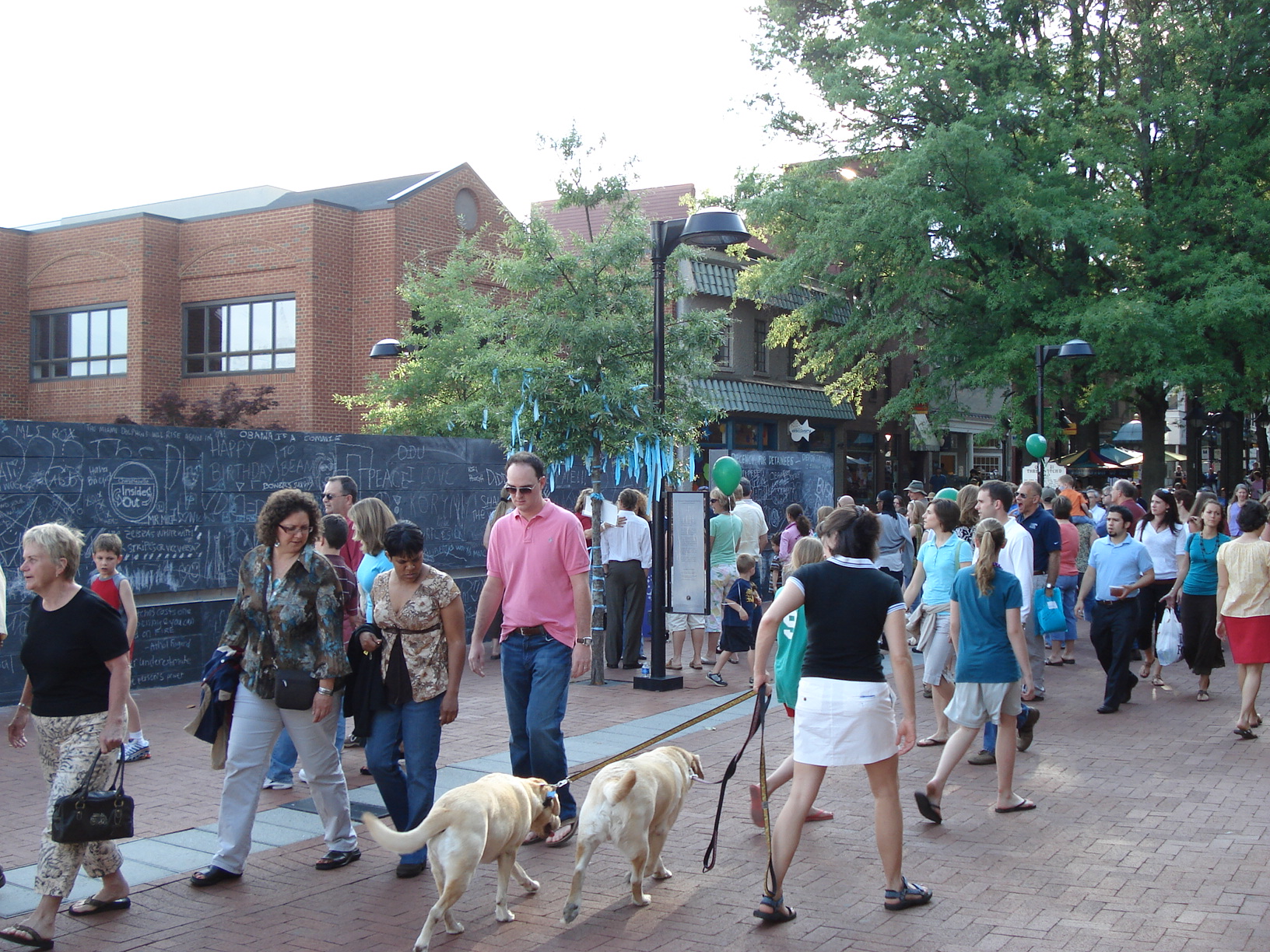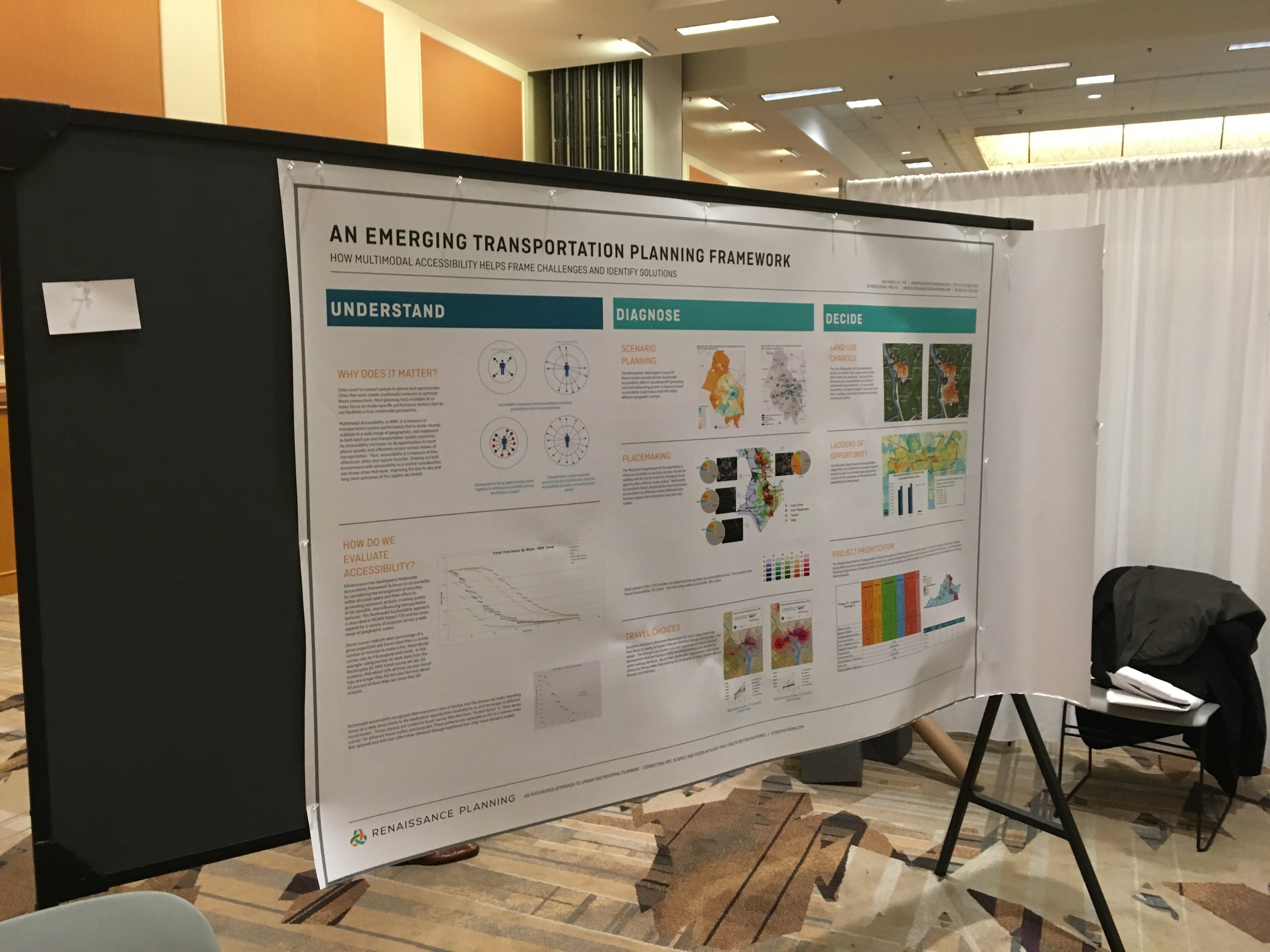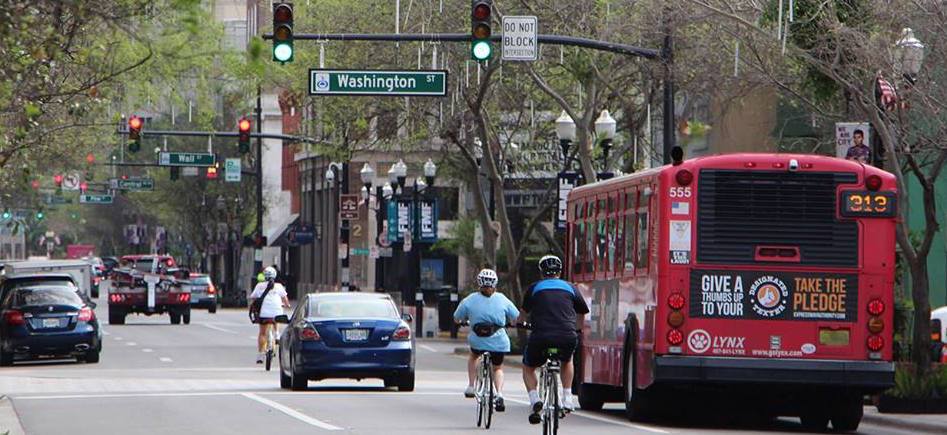THE SCIENCE: MULTIMODAL ACCESSIBILITY ANALYSIS
A new planning framework for understanding how our cities and regions function and how they can work better.
The science of multimodal planning has not kept up with the art (place based design). At the most fundamental level, cities exist to connect people to places and opportunities. Roadway level of service techniques, based on mobility and speed, remain standard practice for estimating the ability to connect even though it ignores other means to improve connectivity, such as compact, mixed used development and viable non-auto networks that increase the shares of walking, biking and transit trips. Without a new science, we continue to identify only those solutions needed to ease congested roads.
Multimodal accessibility is a new analytical lens helping city planners to gauge how well towns, cities and regions function, and to identify more holistic and integrated solutions. Multimodal accessibility correlates with all measures of successful places – environmental, economic, and social dimensions that support quality of life goals. Renaissance continues to develop and apply multimodal accessibility methods and tools that span key elements of the built environments, most notably land development features and multimodal transportation networks. We incorporate people patterns, including location decisions and travel behavior into our analysis.
APPLYING MULTIMODAL ACCESSIBILITY ANALYSIS
This new framework provides transportation and land use authorities the ability to:
Scan overall city systems at a high level through heat maps and overlays to illustrate different socio-economic, land use and multi-modal accessibility dynamics
Diagnose planning problems and potential solutions in a more holistic fashion
Engage stakeholders and the general public with illustrations of before and after scenarios based on predictive models
Use accessibility as a performance measure in response to MAP-21
Evaluate, prioritize and select planning projects to facilitate decision making
We have applied this framework in a variety of contexts including:
State DOT tools for multi-modal planning
Assessing suitability for affordable housing
Using accessibility to prioritize planning projects
Using accessibility for scenario planning and GHG mitigation
FEATURED PROJECTS
NCHRP Report 770: Estimating Walking & Bicycling for Planning & Project Development
Virginia Department of Transportation HB2 Project Prioritization
Maryland Department of Transportation Multimodal Corridor Analysis Pilot Project




